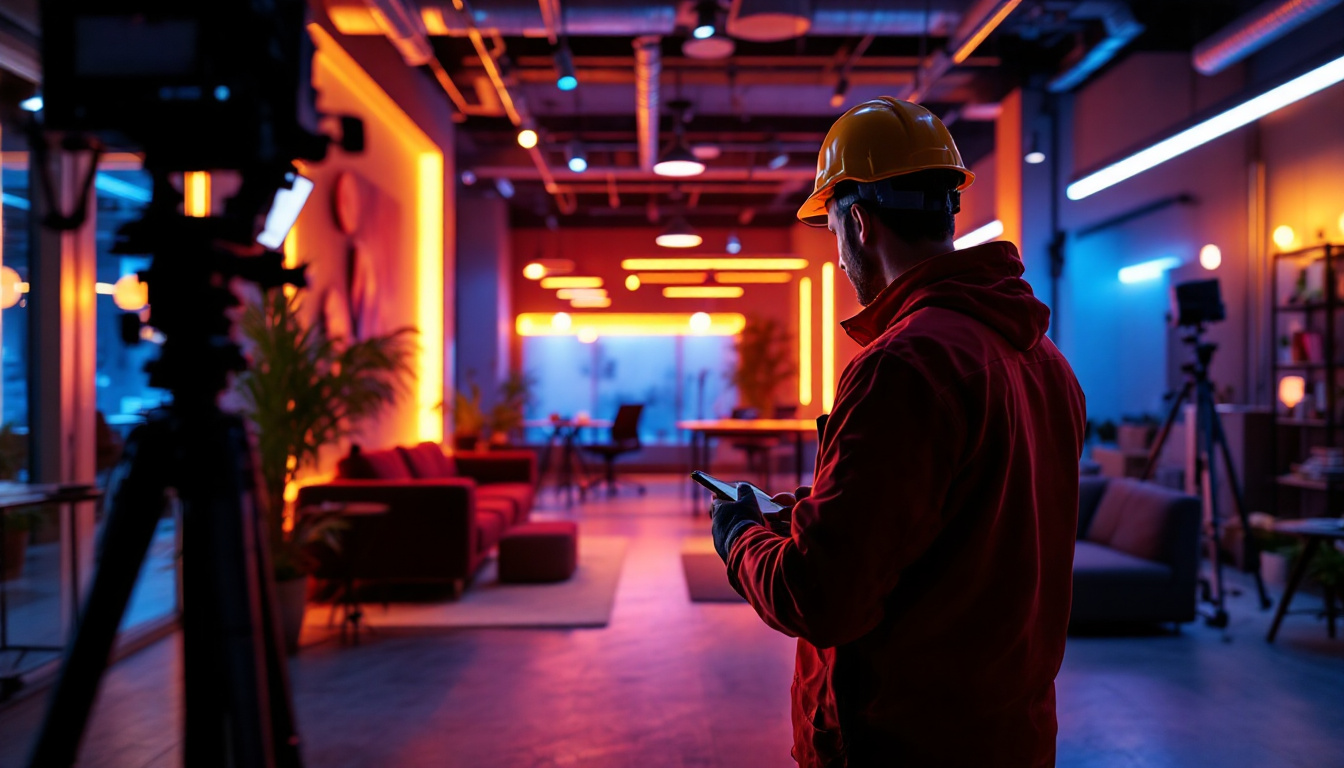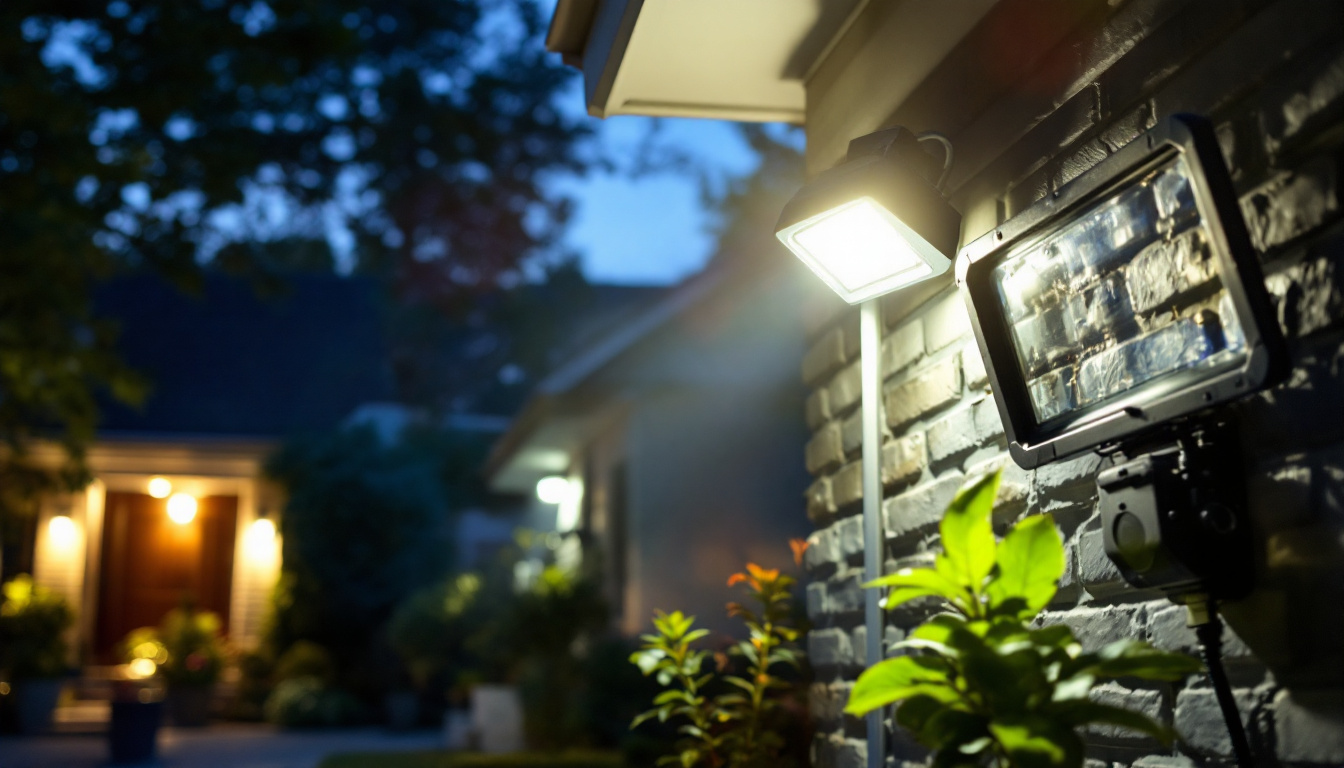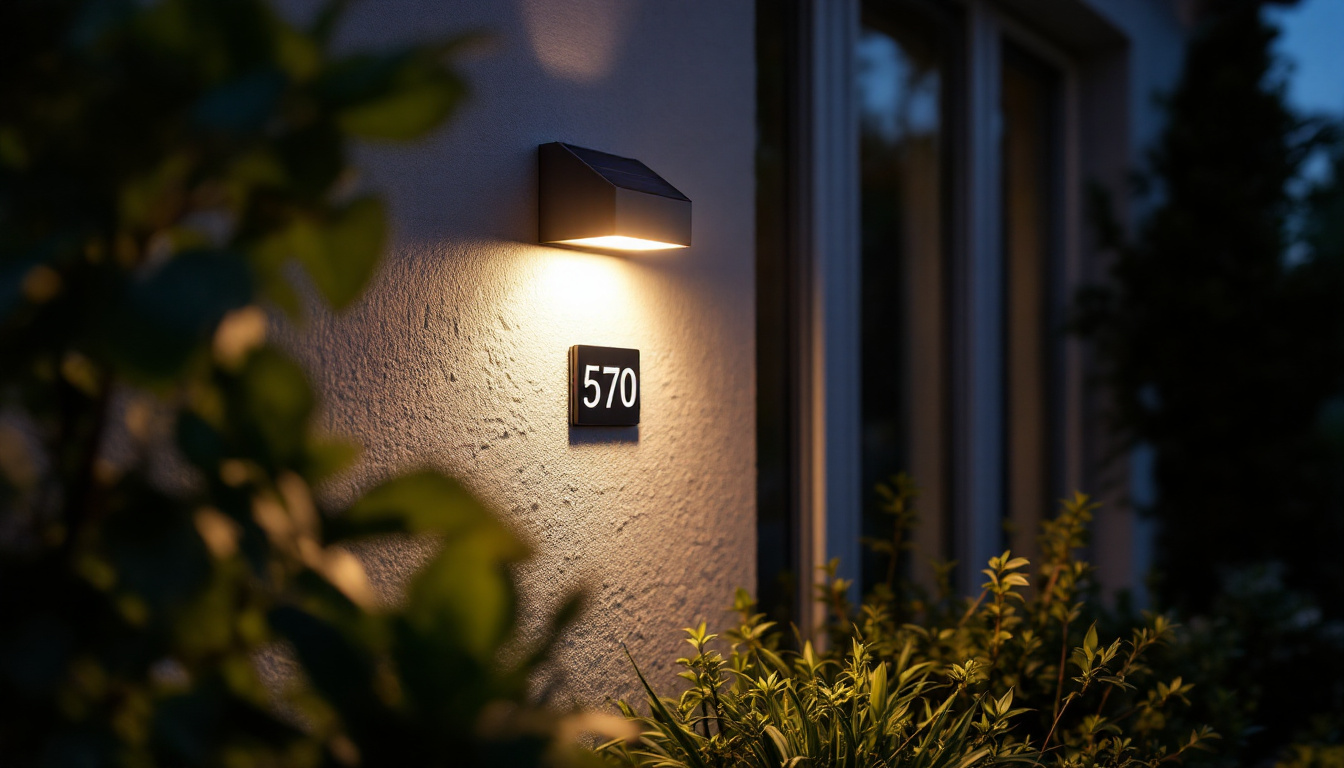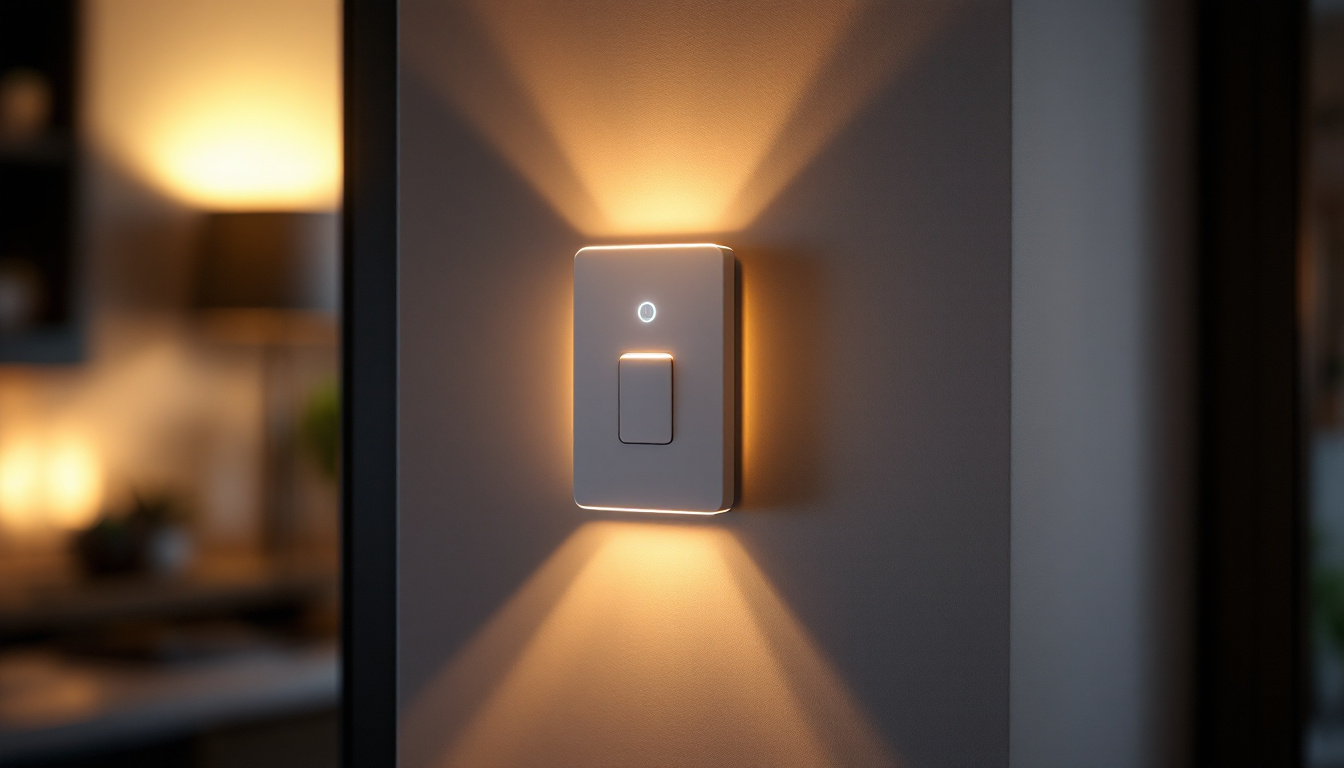
lighting design is a crucial aspect of any construction or renovation project, and it requires a keen eye for detail, technical knowledge, and an understanding of the client’s needs. However, even experienced lighting contractors can fall into common traps that can compromise the quality and effectiveness of their designs. This article explores some of the most frequent mistakes made in LED lighting design and offers insights on how to avoid them.
One of the most significant mistakes lighting contractors often make is failing to fully understand the client’s requirements. Every project is unique, and a one-size-fits-all approach can lead to unsatisfactory results. It is essential for contractors to recognize that each client comes with their own set of expectations, preferences, and specific needs that must be addressed to create a successful lighting design.
Effective communication is the cornerstone of any successful project. Lighting contractors should engage in thorough discussions with clients to ascertain their vision, preferences, and functional needs. This includes understanding the purpose of the space, the desired ambiance, and any specific lighting effects the client wishes to achieve. Without this foundational understanding, the final design may not meet the client’s expectations. Additionally, it is beneficial for contractors to ask open-ended questions that encourage clients to express their ideas and feelings about lighting. This dialogue not only fosters trust but also allows for a more collaborative approach, where clients feel their input is valued and considered throughout the design process.
Another common oversight is neglecting the primary function of the space being illuminated. For instance, a well-lit office requires different lighting solutions compared to a cozy restaurant. Each environment has its own requirements for brightness, color temperature, and fixture placement. Failing to consider these factors can result in a lighting design that is either too harsh or too dim, ultimately affecting the usability of the space. Furthermore, it is crucial to take into account how the space will be used at different times of day. Natural light can significantly influence the effectiveness of artificial lighting, and understanding how daylight interacts with the space can lead to a more harmonious design. By integrating both artificial and natural lighting strategies, contractors can enhance the overall functionality and aesthetic appeal of the environment, ensuring that it meets the needs of its users at all times.
The selection of lighting fixtures is a critical component of LED design. However, many contractors make mistakes during this phase that can impact both aesthetics and functionality.
While LED lighting is inherently more energy-efficient than traditional options, not all LED fixtures are created equal. Contractors should prioritize fixtures that offer high lumens per watt, ensuring that the lighting solution is both effective and sustainable. Additionally, considering the long-term energy costs associated with different fixtures can help clients make informed decisions that align with their budget and environmental goals. It’s also essential to look for fixtures that come with energy-saving features, such as dimming capabilities or smart technology integration, which can further enhance energy efficiency and provide users with greater control over their lighting environment.
While functionality is paramount, aesthetics should not be overlooked. The design of the fixtures should complement the overall style of the space. Whether it’s a modern office, a rustic home, or a chic restaurant, the lighting fixtures should enhance the decor rather than clash with it. Contractors should take the time to explore various styles, finishes, and designs to find the perfect match for each project. Additionally, considering the color temperature of the LEDs is crucial; warmer tones can create a cozy atmosphere in residential settings, while cooler tones may be more appropriate for commercial spaces that require a more energetic vibe. The interplay of light and shadow created by different fixture designs can also dramatically alter the perception of space, making it vital to choose fixtures that not only illuminate but also accentuate architectural features and furnishings.
Proper placement and distribution of lighting are essential for achieving the desired effect in any space. However, many contractors make errors in this area that can lead to uneven lighting and shadows.
Layered lighting involves using different types of lighting—ambient, task, and accent—to create a well-balanced and functional environment. Many contractors focus solely on ambient lighting, which can result in a flat and uninspiring atmosphere. By incorporating task lighting for specific activities and accent lighting to highlight architectural features or artwork, contractors can create a more dynamic and engaging space. For instance, in a kitchen, using under-cabinet lighting not only enhances visibility for food preparation but also adds a warm glow that makes the space feel more inviting. Furthermore, accent lighting can draw attention to a beautiful backsplash or a collection of decorative dishes, showcasing the homeowner’s personal style.
Natural light plays a significant role in how a space is perceived. Contractors should assess the presence of windows and other natural light sources when designing the lighting plan. By strategically placing fixtures to complement natural light, contractors can enhance the overall brightness and warmth of the space, creating a more inviting atmosphere. For example, in a living room with large windows, using sheer curtains can help diffuse sunlight while still allowing it to illuminate the room. Additionally, reflective surfaces such as mirrors can amplify natural light, making the space feel larger and more open. Understanding the sun’s path throughout the day can also guide the placement of light fixtures to ensure they work harmoniously with the changing light conditions, ultimately enhancing the comfort and aesthetic appeal of the environment.
Color temperature is a critical factor in lighting design that can significantly affect the mood and functionality of a space. However, many contractors overlook this aspect, leading to designs that do not align with the client’s vision.
Different spaces require different color temperatures. For example, warm white light (2700K-3000K) is ideal for residential settings, creating a cozy and inviting atmosphere. In contrast, cooler white light (4000K-5000K) is often preferred in commercial environments, as it promotes alertness and productivity. Understanding the appropriate color temperature for each application is essential for achieving the desired ambiance and functionality.
The Color Rendering Index (CRI) measures how accurately a light source displays colors compared to natural light. A high CRI (above 90) is essential for spaces where color accuracy is crucial, such as art galleries or retail stores. Contractors should ensure that the selected LED fixtures have an appropriate CRI to maintain the integrity of colors within the space.
Budget constraints are a reality in most lighting projects, and mismanagement can lead to significant issues down the line. Contractors must be diligent in their budgeting practices to avoid common pitfalls.
One of the most frequent mistakes is underestimating the total costs associated with a lighting project. This includes not only the price of fixtures but also installation, maintenance, and potential energy costs. Contractors should provide clients with a comprehensive breakdown of all expenses to avoid surprises and ensure that the project remains within budget.
While initial costs are important, contractors should also emphasize the long-term savings associated with energy-efficient LED lighting. By presenting clients with a clear picture of how energy savings can offset higher upfront costs, contractors can help clients make informed decisions that benefit both their finances and the environment.
Adhering to local regulations and industry standards is essential in lighting design. However, many contractors make the mistake of overlooking these requirements, which can lead to legal issues and project delays.
Every jurisdiction has specific building codes that govern lighting design, including requirements for energy efficiency, safety, and accessibility. Contractors must familiarize themselves with these codes to ensure compliance and avoid potential fines or rework. Ignoring these regulations can result in costly setbacks and damage to the contractor’s reputation.
The lighting industry is constantly evolving, with new technologies and standards emerging regularly. Contractors should stay informed about the latest developments in LED technology, energy efficiency standards, and design best practices. By remaining current, contractors can deliver high-quality designs that meet or exceed client expectations.
Once the lighting design is implemented, testing and adjustments are crucial for ensuring optimal performance. However, many contractors skip this step, leading to unsatisfactory results.
Before finalizing the project, it’s essential to test the lighting effects in the actual space. This allows contractors to assess brightness levels, color accuracy, and the overall ambiance. Adjustments may be necessary to achieve the desired outcome, and contractors should be prepared to make these changes based on real-world observations.
Client feedback is invaluable in the design process. After the installation, contractors should solicit feedback from clients to ensure that the lighting meets their expectations and needs. This not only helps in making necessary adjustments but also fosters a positive relationship between the contractor and the client, paving the way for future collaborations.
Lighting design is a complex and nuanced field that requires careful consideration of various factors. By avoiding these common mistakes, lighting contractors can enhance their designs, meet client expectations, and ultimately deliver exceptional results. Understanding the client’s needs, selecting the right fixtures, ensuring proper placement, and adhering to regulations are all critical components of successful lighting design. By focusing on these areas, contractors can elevate their work and create spaces that are both functional and aesthetically pleasing.
In the ever-evolving world of lighting technology, staying informed and adaptable is key. By continuously learning and refining their skills, lighting contractors can ensure that they remain competitive and capable of delivering outstanding lighting solutions that illuminate spaces beautifully.
Ready to avoid common lighting design mistakes and elevate your projects? At LumenWholesale, we provide you with the high-quality, spec-grade lighting products you need at unbeatable wholesale prices. Say goodbye to inflated markups and hello to a vast selection of industry-standard lighting solutions that ensure performance and reliability for every design. With free shipping on bulk orders, you can get premium lighting at the best value — all without hidden fees or compromises. Don’t let lighting design be a stumbling block; make it your project’s highlight with LumenWholesale. Wholesale Lighting at the Best Value is just a click away.

Discover how motion sensor flood lights can revolutionize your lighting business.

Discover the insider tips from lighting contractors on mastering solar-powered house number lights.

Discover the essential steps to installing a ballast in a fluorescent light with our comprehensive guide.

Discover how integrating motion sensors with light switches can revolutionize your home’s energy efficiency.